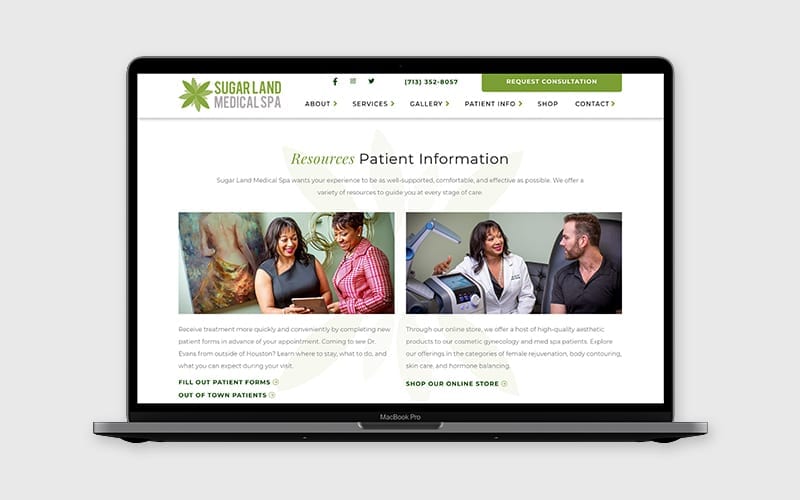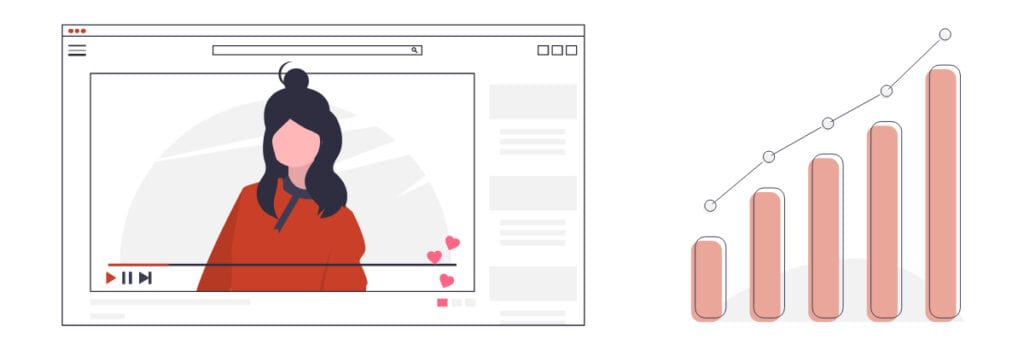I know that I hate junk mail, but I love finding exactly what I am looking for online.
Unless you have been under a rock your whole life, you have received many sorts of direct mail. Those letters that are very compelling to start a magazine subscription based on their low price, to order a fruit basket as a present for a relative, or to purchase BluBlocker sunglasses. Over the years, these direct mail marketing practices have created much wealth for their creators and I want to discuss how you can use these practices online to not only attract many visitors to your website, but to convert them using words and images.
Outbound Marketing is Expensive
TV, radio, print advertisements, email blasts, cold calling and direct mail all involve a high cost. In addition to this high cost, they can be intrusive. Odds are, only a select few of your target market may be ready to buy, all the others do not want to be marketed to. Because of this intrusion, this market has developed fancy ways to block these type of messages with technology like caller ID, spam filtering, and TiVo because of the ad overload. Wouldn’t it be great if only the people who were looking to buy would seek you out and tell you that they would like to purchase now? Let me show you how this is possible.
Inbound Marketing is the Solution
Direct mail utilizes purchased lists that have been pre-qualified by other marketers to create a rough estimate of who may be interested in your product, typically this is a big guess and looks at purchase history from credit cards, age, location, gender and the like. Inbound marketing prepares a message that is waiting for the specific visitor that is in the market already, essentially they are pre-qualified by searching and finding what you have to offer.
By using your website as a sales tool instead of just a brochure, you can use it to wait for qualified hot leads and deliver a message specifically to them in a structured and perfectly controlled environment. There are also free technologies that have been adapted to use for online marketing completely ready for you to build a following of individuals who fit exactly your demographic like Twitter, Facebook, YouTube and MySpace, you can use these tools to guide your following to new offerings, events, promotions, or help educate them over time in your industry.
Typically a website has been known to be like a three panel brochure, describing the who, what, when, where, why and how of your business. They also typically just glimpse on the services or products that you are bringing to market but you could be doing more. Let me explain.
About Search Engines
The big three search engines (Google, Bing, Yahoo!) all troll the internet to make sure that they are delivering the most pertinent information for what a searcher is looking for. After all, if you searched for “apples” and you got “oranges” you probably would not use their services anymore. Because of this, these search engines have hired some pretty intelligent math whizzes to figure out what it important and what is not. This article is not about trying to outsmart those geniuses, it is about making sure that your website is aligning to their standards; we call this alignment “speaking fluently to the search engines.”
Some websites have been developed in Flash, they look very cool, but the search engines can’t really grasp the meat of the information. Other sites built their major search words as images, which unfortunately also hides their messages. We build our sites to look great, but to also speak fluently about what you offer. In addition, we build landing pages that are targeted specifically to your demographic and what they are looking to find. This is not a new concept, but the information below is.
What Not to Do
In the past, search engine marketing hackers have used all sorts of techniques that at the time seemed to work like keyword stuffing, inbound linking on a grand scale by using other hackers to plant links maliciously on other sites, using white text on a white background—you get the picture. Over the years, the search engines have caught on and banned these types of practices, even blacklisting sites that they feel have done this.
Then marketers started trying to fool the system, with pages that looked real to the search engines, but terrible to human readers. You can probably recall all the bad email spam for drugs spelled incorrectly; they got through the spam filters, but who really bought into their scheme and purchased their product?
How about making sure that you have landing pages that target your demographic, but are written for conversion. Sure, they should have been built with great optimization in mind, but they should also be compelling enough for someone searching for “apples” to read about how your apples are better than the other’s and convince that someone into action (a call, a scheduled sales visit, an online purchase, etc.).
How to Write a Compelling Landing Page

Writing a compelling marketed landing page takes patience and search engine knowledge, this can be achieved with a little scouring of the web, book reading on great copywriting and some good old fashioned editing, but I know a great company that can do all of this for you with a proven track record (shameless self promo). This page should explain your offering, highlight new features or services, anticipate and resolve objections, speak to your customer service, and have testimonials. You should follow the greats in direct mail marketing like advertiser David Ogilvy and copywriter Joseph Sugarman. These pages should be like digital direct mail pieces that excite and engage a prospect. Speak directly to their needs, address them specifically in the first person—if you have done everything correctly they need what you are offering, they sought you out.
What to Do After Writing
When your landing pages are written and optimized for search engines, we make sure to tell the big three that your site is ready for another visit by them to see all the new pages your site has to offer. And then we wait, yes…wait. Search engine marketing is not an instant process, sometimes taking as little as one month to as long as a year for some of the more competitive search phrases.
Make Sure That You Track
We make sure that there are metrics in place that calculate how well your site is doing in terms of traffic, ranking for the phrases that you are marketing, and goals attained (form submissions, clicks to key pages from the homepage, etc.) so that we can analyze this data in a systematic way to make sure that everything is working smoothly and effectively.
When this traffic doe come, what you get is a higher quality shopper. One who is actually in the market for what you offer. When they land on your page, chances are, they have also landed on your competitors as well and they are researching all of their options. It is key to make sure that the information that your business gives to this visitor answers their questions fully, it proves your value, it justifies the purchase and is completely honest about your offerings.
May the best copywriter win.
Stop by our Website: www.firm-media.com
Follow us on Twitter: @FirmMedia









